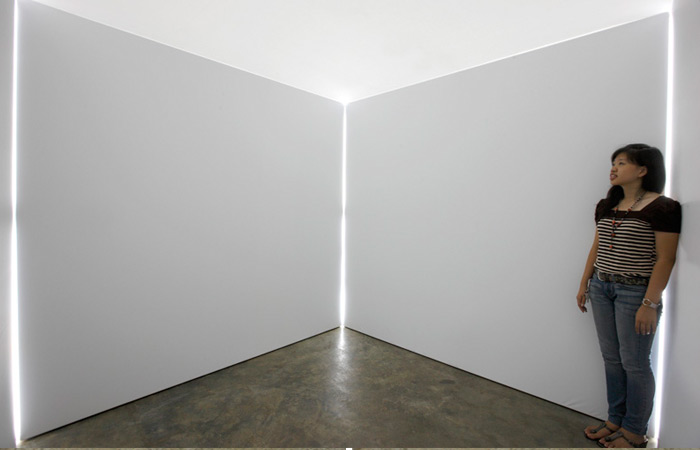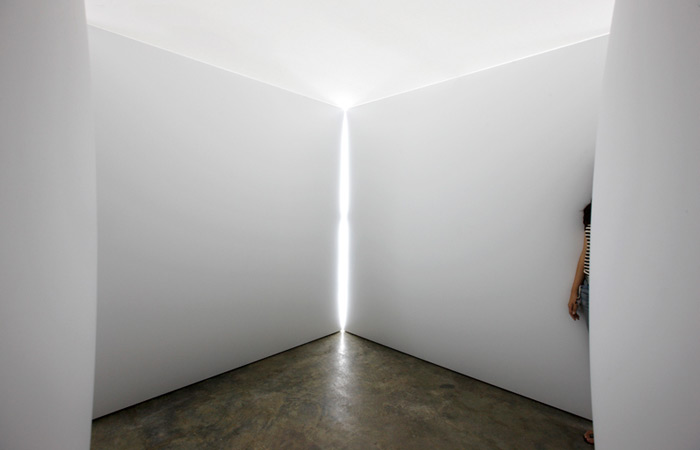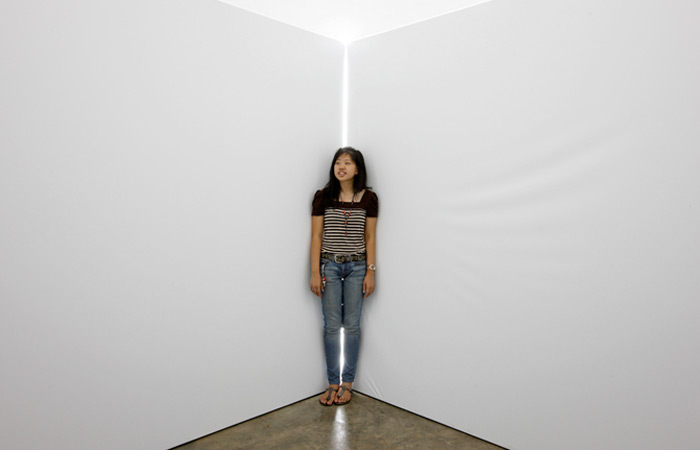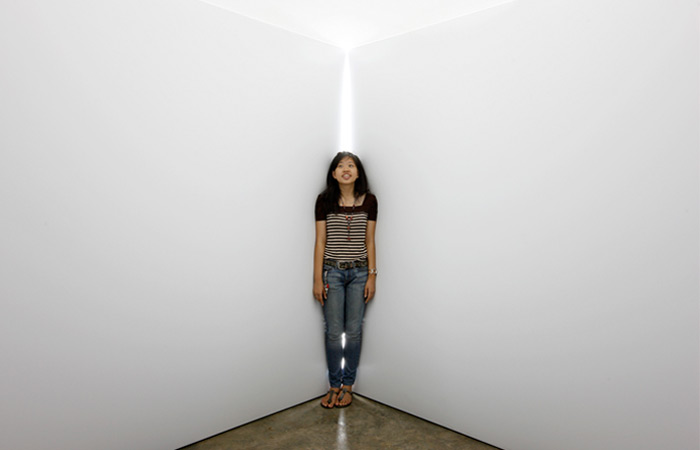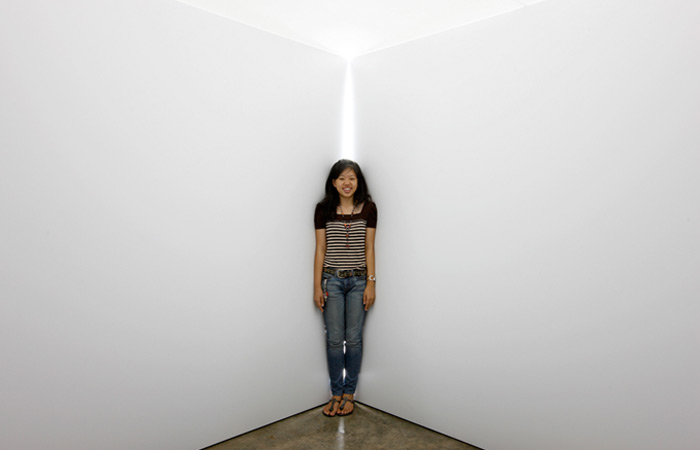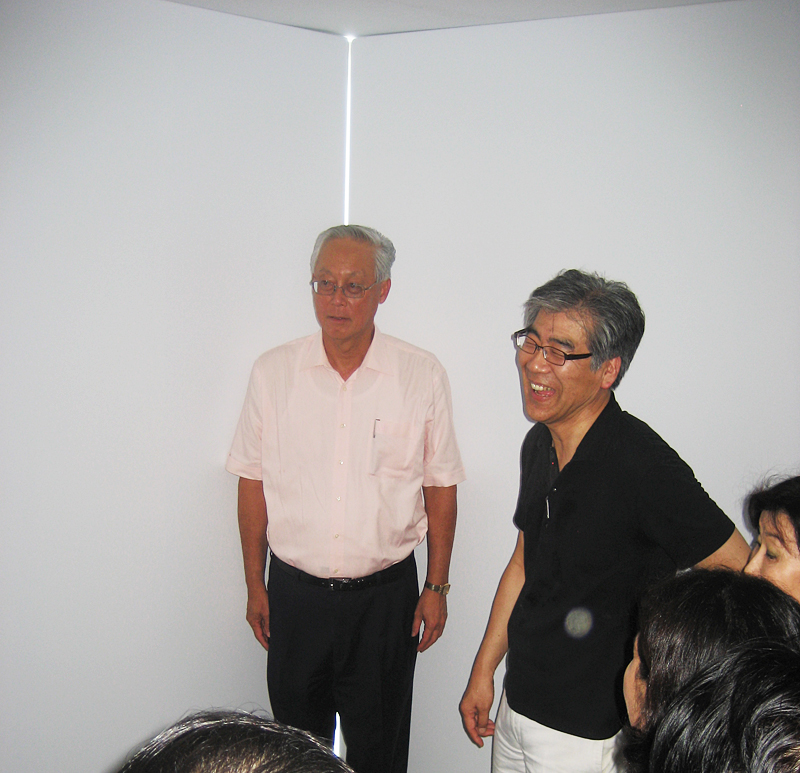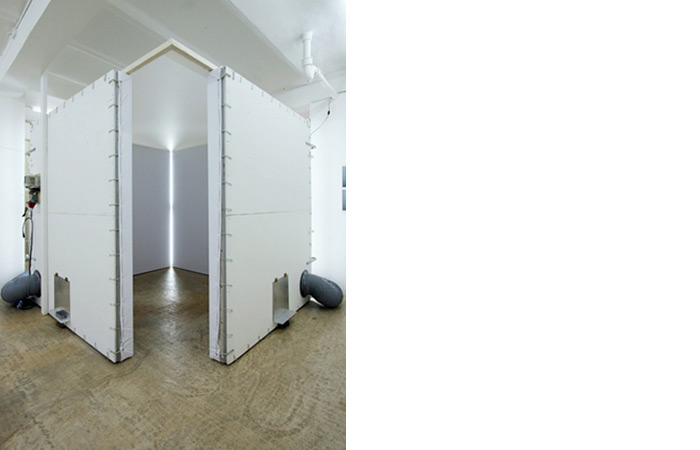At first glance The Breathing Room appears to be an ordinary white room. As you enter the space – your expectations about the familiar white cube exhibition space is challenged. The walls are made from soft PVC canvas. Assisted by air, which continuously is pushed and sucked into the space behind each wall – the canvas slowly curves into a concave shape and after that a convex shape. This repeating movement mimics the human breathing. The modernistic white cube ideal is challenged and in the broader perspective – the way of things. The art historical reference is the famous text – Inside the white cube – first published in 1976 by artist and writer Brian O’Doherty.
Inside measurements: 250x250x250cm.
Edition of 3. In different sizes.
Materials: Wood, aluminum, PVC, ventilator fan, electronic control system, industrial flex hoses.

